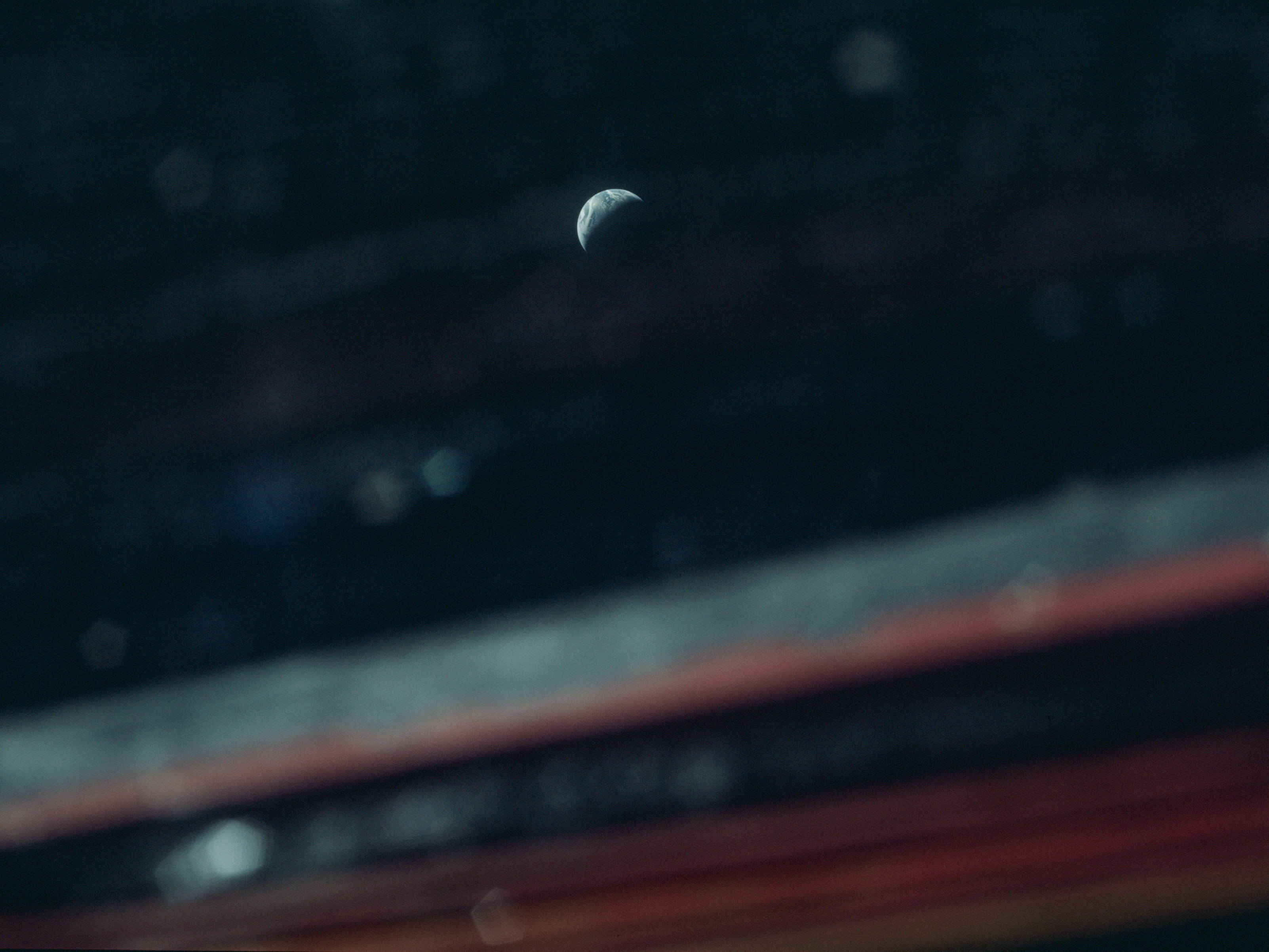Our next-door neighbor is a conundrum. Ancient landforms and minerals indicate that Mars was once much wetter than the bone-dry desert that it is today. But climate models of ancient Mars fail to attain high enough temperatures for liquid water to flow at a time when the Sun was only three-quarters as bright. The answer to this paradox may be an abundance of hydrogen and methane in Mars's early atmosphere.
With Danica Adams and others, I helped model the production of nitrogen-bearing compounds—including nitrogen oxides and hydrogen cyanide—on a wet, warm early Mars that featured substantial atmospheric hydrogen and methane. These chemicals may have contributed key nutrients for the emergence and sustainment of life on the Red Planet early in its history.
Armed with Danica's findings, Lucas Fifer and I quantified the biological productivity of a hypothetical microbial community living in ancient Gale crater lake. Using the organics measured by the Curiosity rover at Gale crater as a constraint, we show that such a microbial community would have been limited to a modest size, comparable in cell density to those currently subsisting in Earth's subseafloor.
Image credit (artist depiction): ESO/M. Kornmesser









